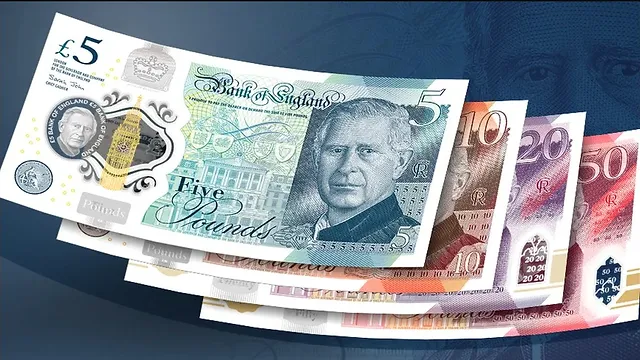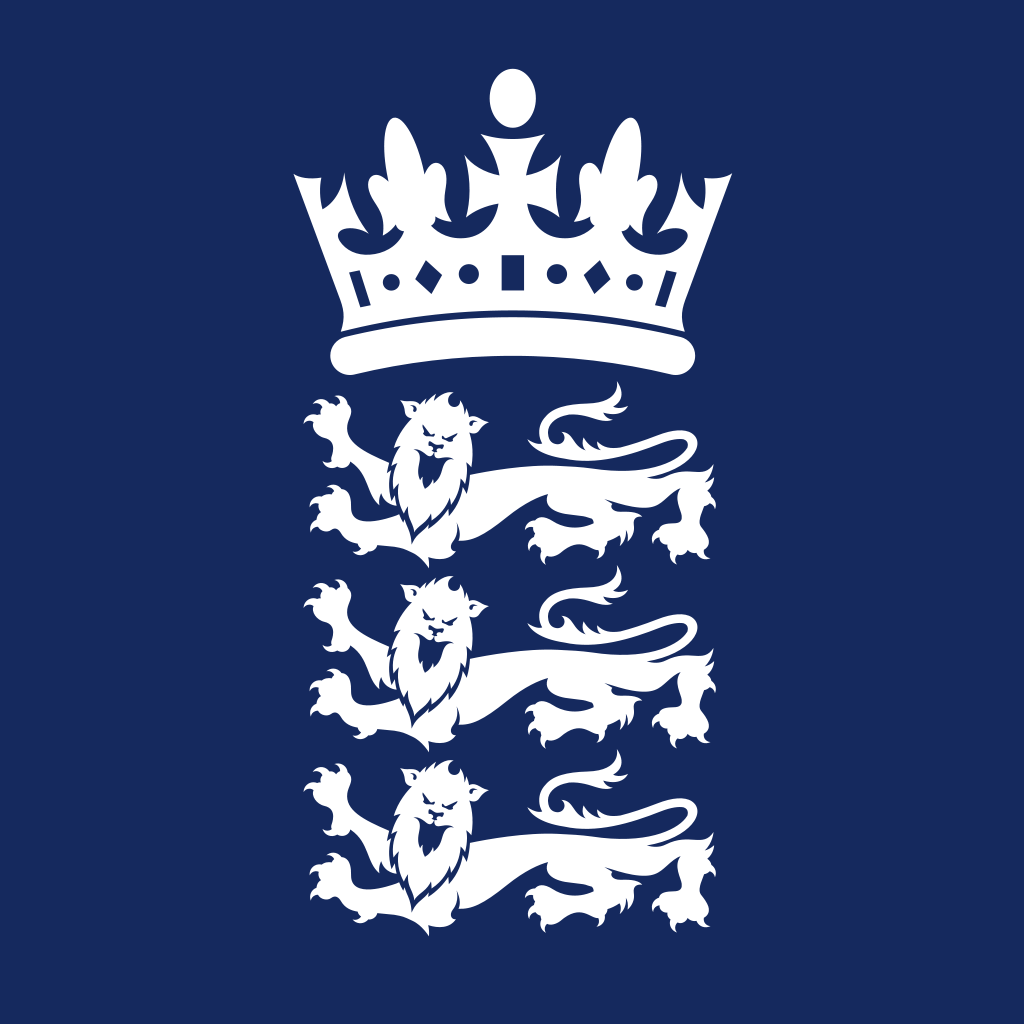
漢德百科全書 | 汉德百科全书
 英国
英国

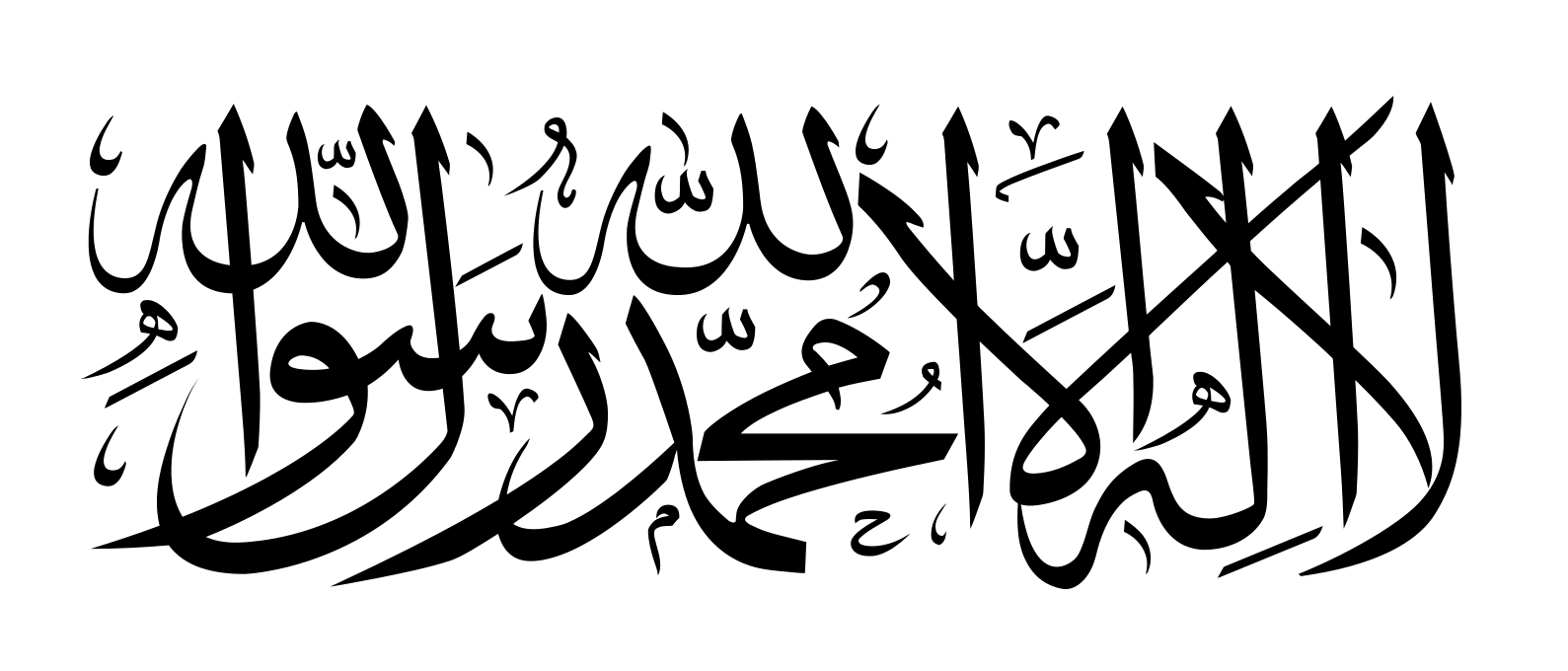 阿富汗
阿富汗
 亚美尼亚
亚美尼亚
 阿塞拜疆
阿塞拜疆
 亚洲开发银行
亚洲开发银行
 亚洲开发银行
亚洲开发银行
 黑田东彦
黑田东彦
 亚洲开发银行
亚洲开发银行
 垂水公正
垂水公正
 亚洲开发银行
亚洲开发银行
 藤冈真佐夫
藤冈真佐夫
 亚洲开发银行
亚洲开发银行
 浅川雅嗣
浅川雅嗣
 亚洲开发银行
亚洲开发银行
 佐藤光夫
佐藤光夫
 亚洲开发银行
亚洲开发银行
 井上四郎
井上四郎
 亚洲开发银行
亚洲开发银行
 千野忠男
千野忠男
 亚洲开发银行
亚洲开发银行
 中尾武彥
中尾武彥
 亚洲开发银行
亚洲开发银行
 渡边武
渡边武
 亚洲开发银行
亚洲开发银行
 吉田太郎一
吉田太郎一
 澳大利亚
澳大利亚
 孟加拉国
孟加拉国
 不丹
不丹
 文莱
文莱
 中国
中国
 丹麦
丹麦
 联邦德国
联邦德国

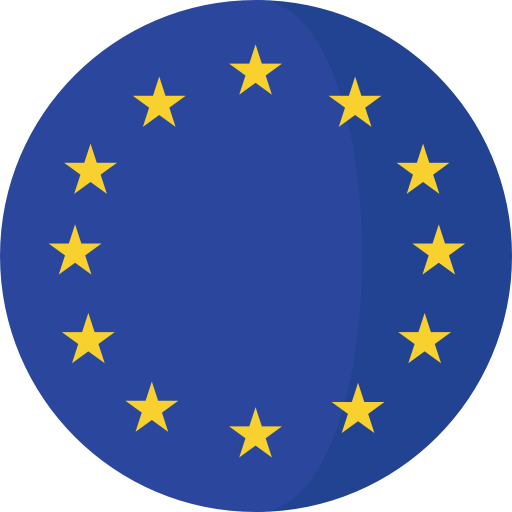 欧洲联盟
欧洲联盟

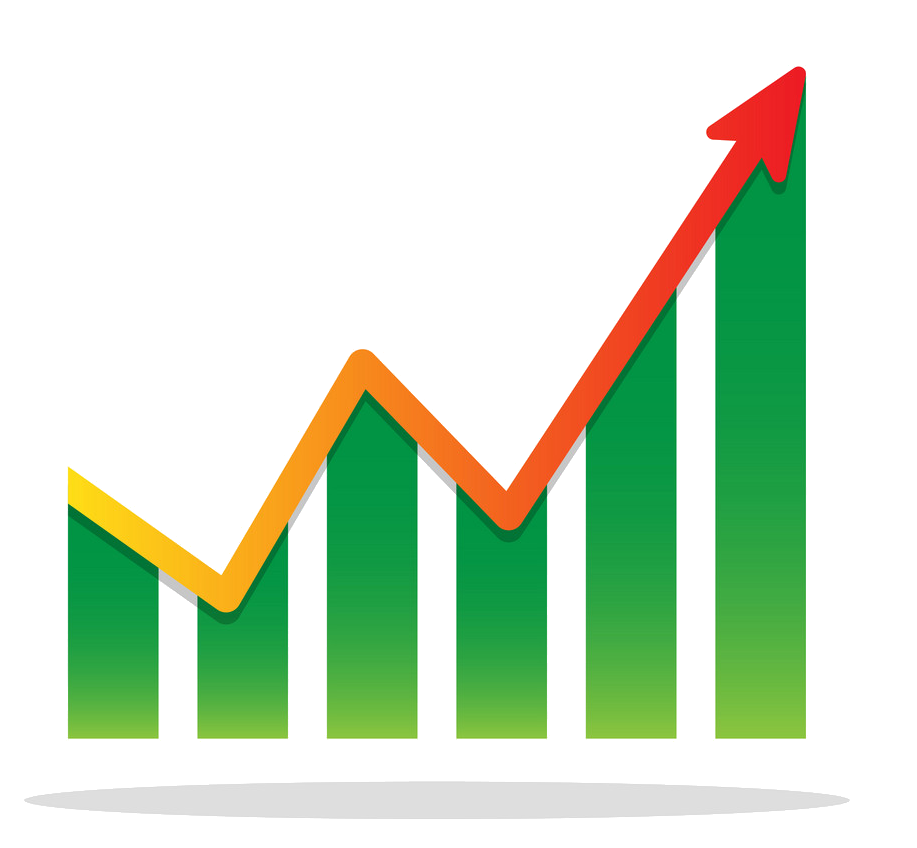 财政金融
财政金融
 国际银行合作
国际银行合作
 芬兰
芬兰
 法国
法国
 格鲁吉亚
格鲁吉亚
 香港特别行政区-港
香港特别行政区-港
 印度
印度
 印度尼西亚
印度尼西亚
 爱尔兰
爱尔兰
 意大利
意大利
 日本
日本
 柬埔寨
柬埔寨
 加拿大
加拿大
 哈萨克斯坦
哈萨克斯坦
 吉尔吉斯斯坦
吉尔吉斯斯坦
 老挝
老挝
 卢森堡
卢森堡
 马来西亚
马来西亚

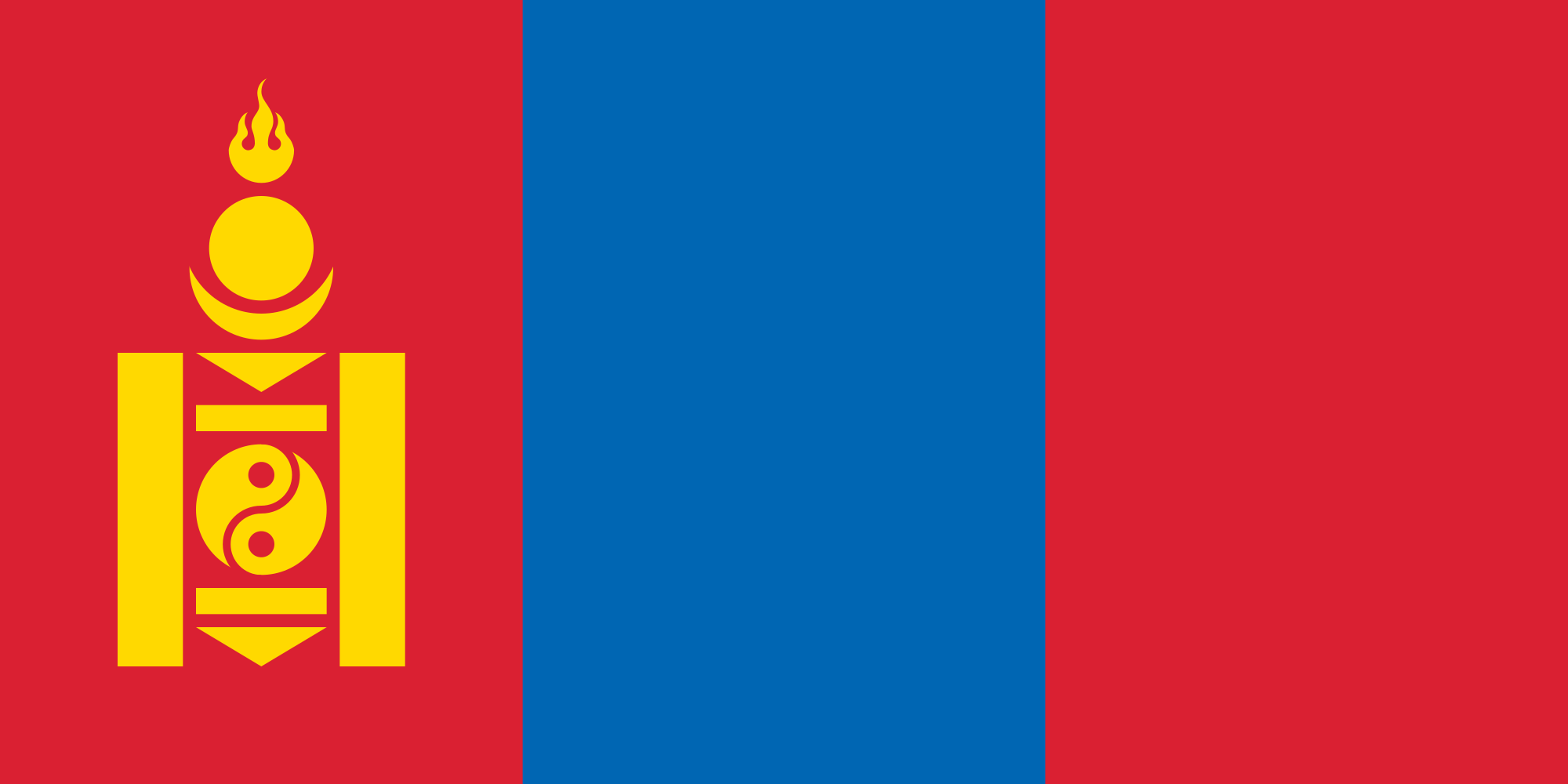 蒙古
蒙古
 缅甸
缅甸
 尼泊尔
尼泊尔
 新西兰
新西兰
 荷兰
荷兰
 奥地利
奥地利
 巴基斯坦
巴基斯坦
 巴布亚新几内亚
巴布亚新几内亚
 菲律宾
菲律宾
 葡萄牙
葡萄牙
 韩国
韩国
 所罗门群岛
所罗门群岛
 瑞典
瑞典
 新加坡
新加坡
 斯里兰卡
斯里兰卡
 台湾省-台
台湾省-台
 中尾武彦
中尾武彦
 泰国
泰国
 汤加
汤加
 土耳其
土耳其
 土库曼斯坦
土库曼斯坦
 乌兹别克斯坦
乌兹别克斯坦
 美国
美国
 英国
英国
 越南
越南

 重要的国际组织
重要的国际组织

 经济和贸易
经济和贸易
 经济与政治研究
经济与政治研究

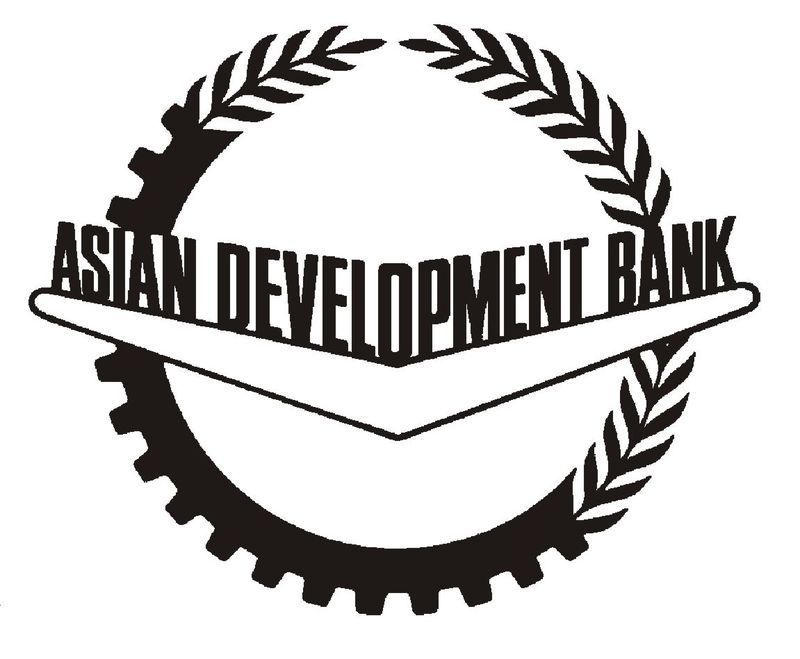
亚洲开发银行(英语:Asian Development Bank,缩写:ADB,简称亚银、亚行、亚开行),香港旧译亚洲发展银行,属于亚太地区的政府之间金融机构,其目的是为了促进亚洲经济与社会的发展。1966年12月19日成立,有31个创始会员国,目前有68个成员体,其中亚太有49个。总部设置于菲律宾马尼拉并在世界各地拥有31个办事处。亚洲开发银行仿照世界银行的股权制度,依照成员体的资本比例,得到相应比例的投票权。2014年以来,亚洲开发银行发布亚太创意生产指数年度报告。[3][4]亚洲开发银行为联合国观察员。
The Asian Development Bank (ADB) is a regional development bank established on 19 December 1966,[4] which is headquartered in the Ortigas Center located in the city of Mandaluyong, Metro Manila, Philippines. The company also maintains 31 field offices around the world[5] to promote social and economic development in Asia. The bank admits the members of the United Nations Economic and Social Commission for Asia and the Pacific (UNESCAP, formerly the Economic Commission for Asia and the Far East or ECAFE) and non-regional developed countries.[6] From 31 members at its establishment, ADB now has 68 members.
The ADB was modeled closely on the World Bank, and has a similar weighted voting system where votes are distributed in proportion with members' capital subscriptions. ADB releases an annual report that summarizes its operations, budget and other materials for review by the public.[7] The ADB-Japan Scholarship Program (ADB-JSP) enrolls about 300 students annually in academic institutions located in 10 countries within the Region. Upon completion of their study programs, scholars are expected to contribute to the economic and social development of their home countries.[8] ADB is an official United Nations Observer.[9]
El Banco Asiático de Desarrollo (BAsD) es una organización financiera para el desarrollo económico de Asia y el Pacífico. Su objetivo principal es la erradicación de la pobreza y facilitar ayudas para mejorar el nivel de vida de la población de la región a través de préstamos y colaboración técnica.
Creado en 1966 por 31 países. Hoy cuenta con 67 miembros (48 regionales y 19 no regionales). Estados Unidos y Japón son sus principales accionistas, con el 15,6% del capital cada uno.
El Banco tiene como su principal objetivo la lucha contra la pobreza. Para ello busca promover el crecimiento económico y la cooperación en la región de Asia-Pacífico, y acelerar el proceso de desarrollo económico de sus países miembros. Las dos terceras partes de personas pobres del mundo (aquellos que viven con menos de dos dólares diarios por persona), cerca de 1.800 millones de pobres, viven en esta región. El BAsD aprobó una nueva Estrategia a Largo Plazo (2008-2020) centrada en un crecimiento económico, medioambientalmente sostenible e integración regional.
Азиа́тский банк разви́тия (англ. Asian Development Bank) — банк, основанный в 1966 году, его главной задачей является стимулировать рост экономики в Азии и на Дальнем Востоке, направляя в эти регионы прямые займы и оказывая техническое содействие.
Штаб-квартира в Маниле (Филиппины). Президентом АБР с 28 апреля 2013 года является японец Такэхико Накао. 17 января 2020 года президентом станет Масацугу Асакава, избранный 2 декабря 2019 года[1].
 阿塞拜疆
阿塞拜疆
 澳大利亚
澳大利亚
 巴林
巴林
 比利时
比利时
 巴西
巴西
 中国
中国
 联邦德国
联邦德国

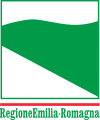 艾米利亚-罗马涅大区
艾米利亚-罗马涅大区
 英格兰
英格兰

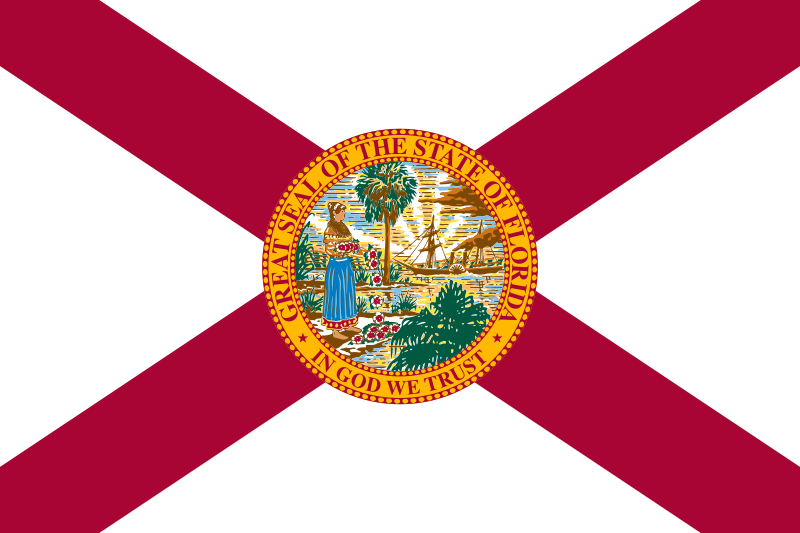 佛罗里达州
佛罗里达州
 2017年世界一级方程式锦标赛
2017年世界一级方程式锦标赛
 2018年世界一级方程式锦标赛
2018年世界一级方程式锦标赛

 2025年世界一级方程式锦标赛
2025年世界一级方程式锦标赛
 法国
法国
 印度
印度
 意大利
意大利
 日本
日本
 加拿大
加拿大
 卡塔尔
卡塔尔
 近畿地方
近畿地方

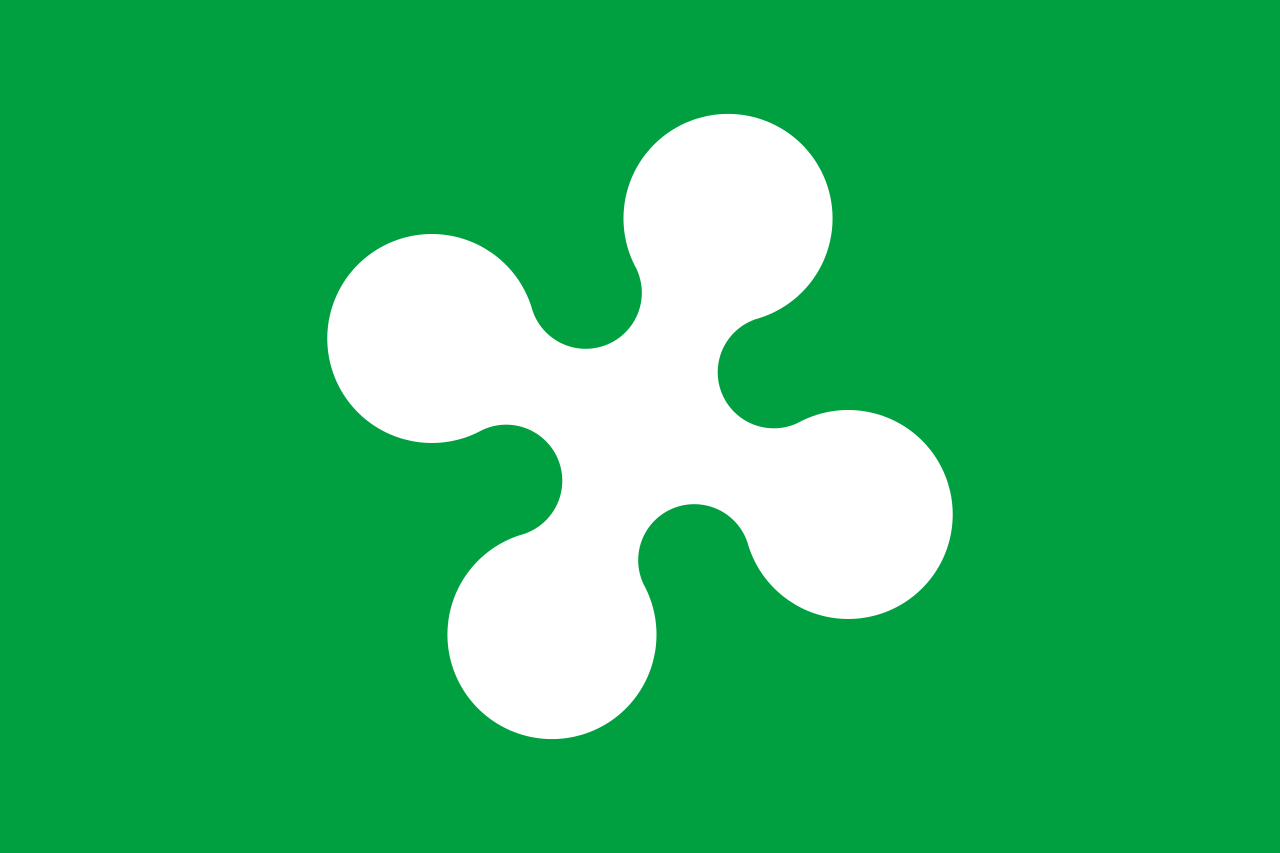 伦巴第大区
伦巴第大区
 墨西哥
墨西哥
 摩纳哥
摩纳哥

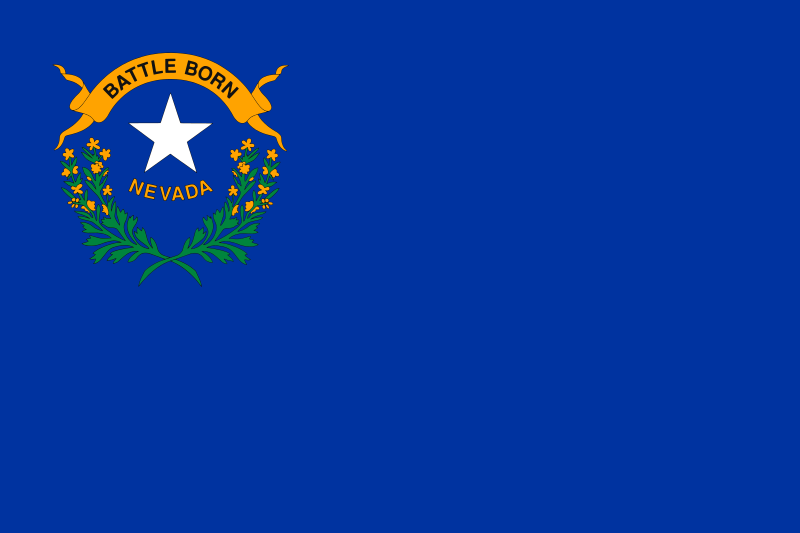 内华达州
内华达州
 奥地利
奥地利

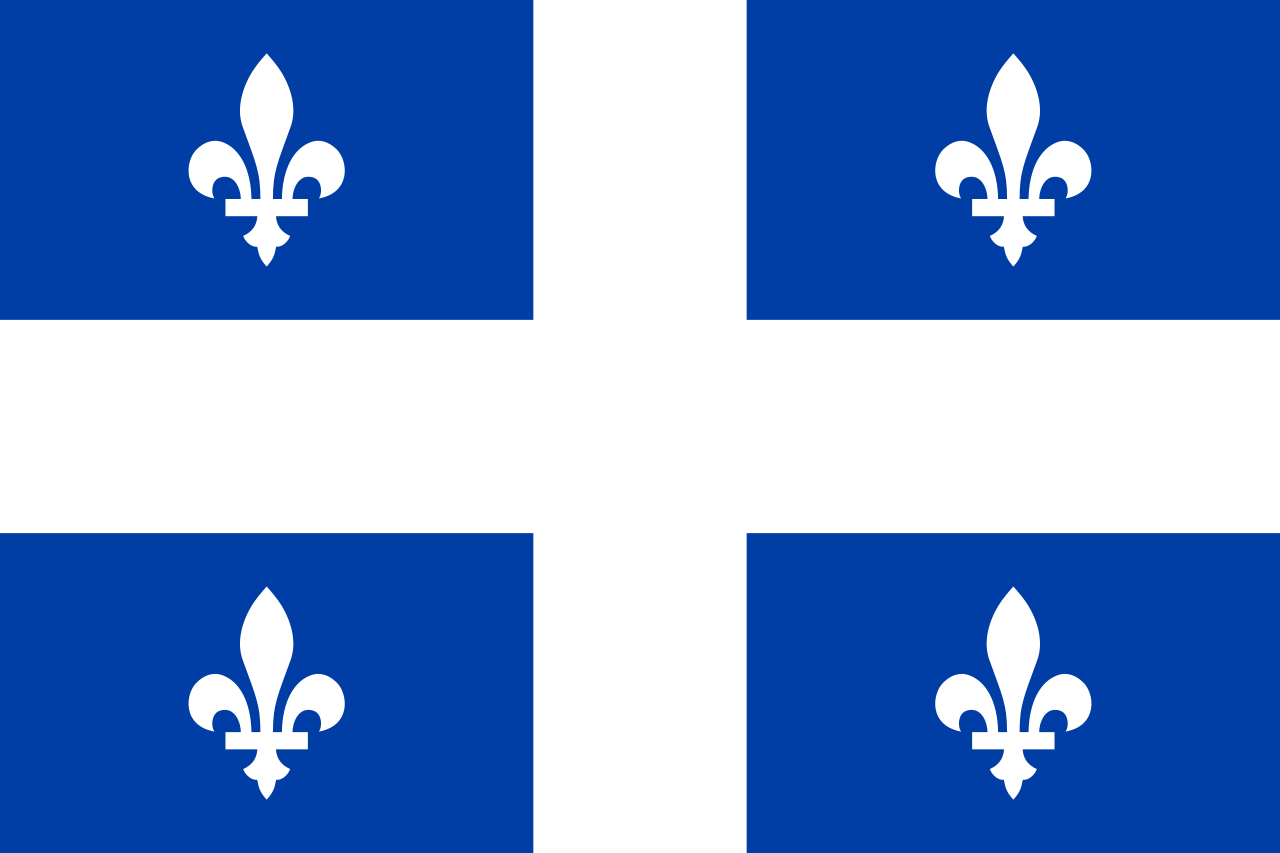 魁北克省
魁北克省
 圣保罗州
圣保罗州
 沙特阿拉伯
沙特阿拉伯
 瑞士
瑞士
 上海市-沪
上海市-沪
 新加坡
新加坡
 西班牙
西班牙

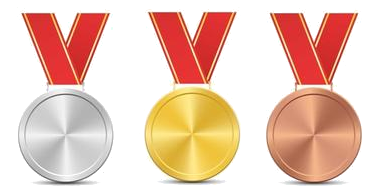 体育
体育

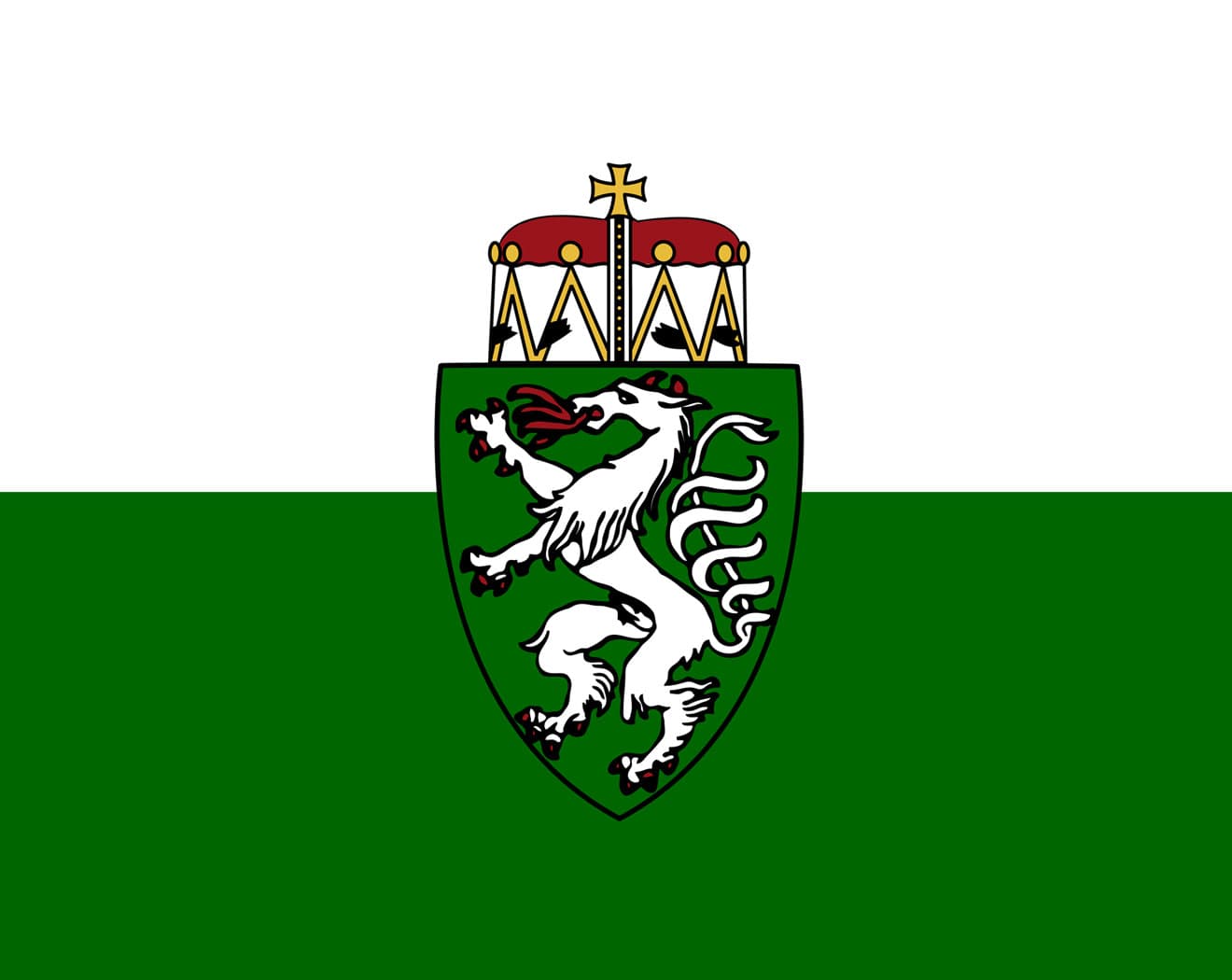 施泰尔马克
施泰尔马克

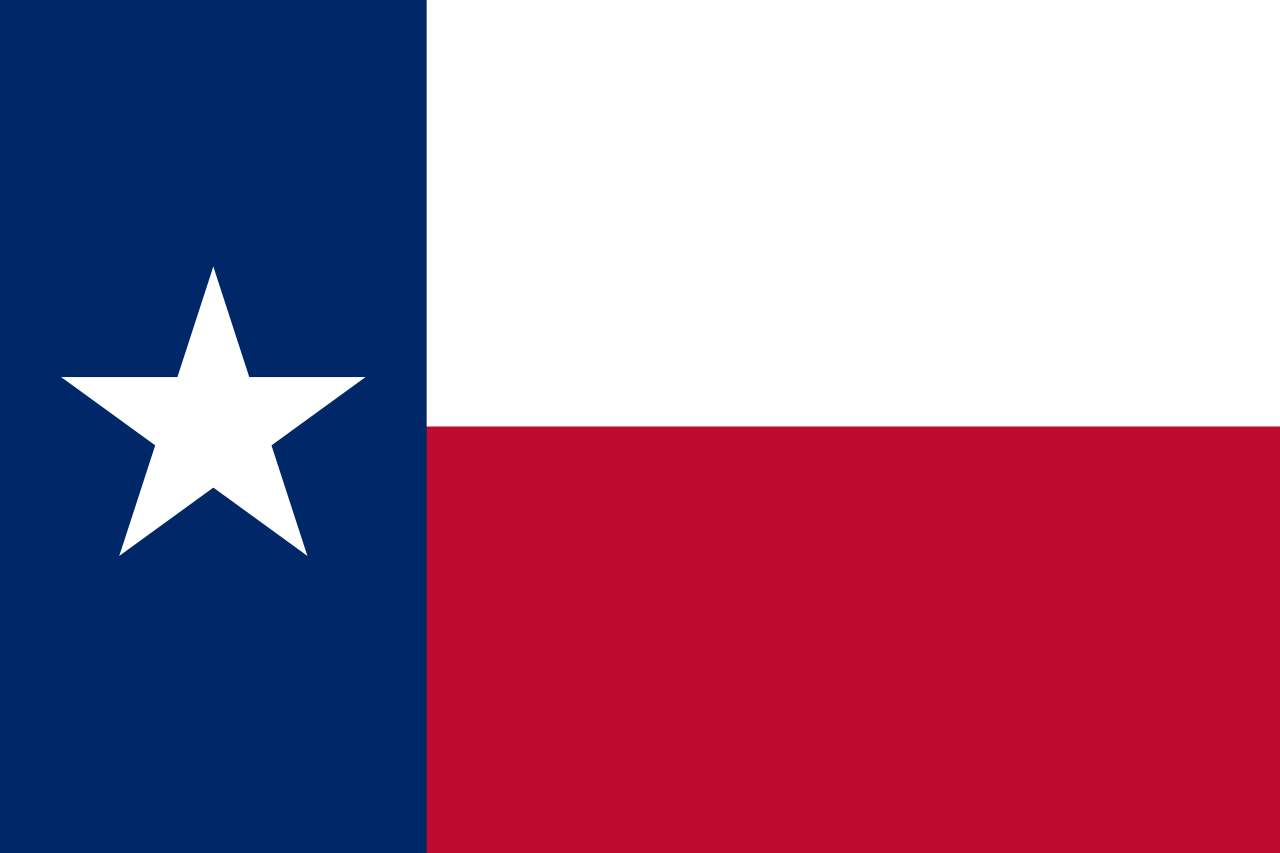 得克萨斯州
得克萨斯州
 匈牙利
匈牙利
 阿拉伯联合酋长国
阿拉伯联合酋长国
 美国
美国
 英国
英国

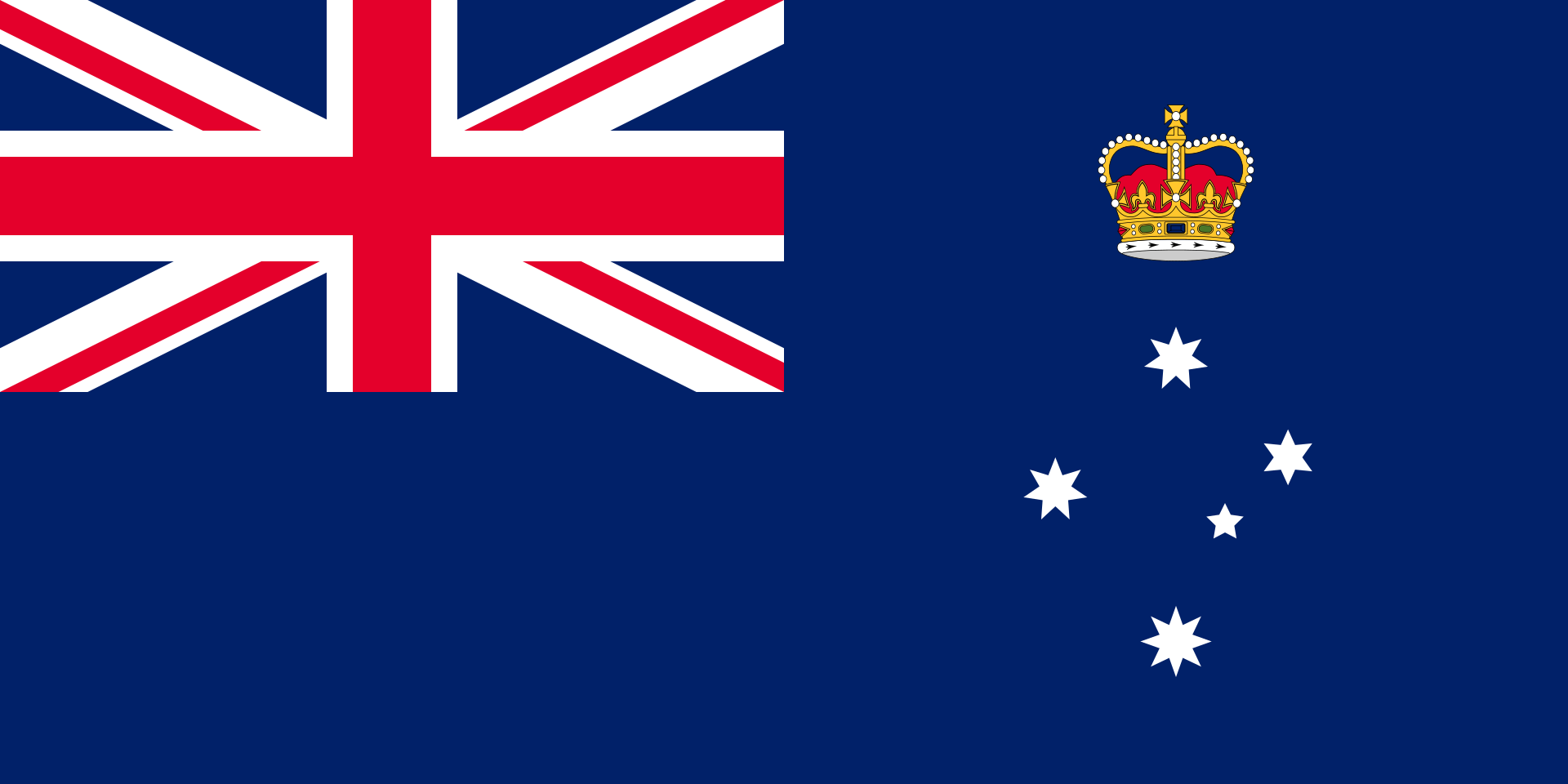 维多利亚州
维多利亚州

Die Formel 1 ist eine vom Automobil-Dachverband Fédération Internationale de l’Automobile (FIA) festgelegte Formelserie. Hersteller konstruieren Autos, die den Formel-1-Regeln entsprechen. Diese Autos treten im Rahmen der Formel-1-Weltmeisterschaft zu Rennen in ungefähr 20 Orten pro Jahr an. Am Ende der Saison wird der Fahrer mit den meisten Punkten F1 Fahrerweltmeister und der Hersteller mit den meisten Punkten Konstrukteursweltmeister.
Die Formel 1 ist die höchstrangige von der FIA veranstaltete Rennserie des Formelsports. Sie wird als Königsklasse des Automobilsports bezeichnet, da sie den Anspruch erhebt, die höchsten technischen, fahrerischen, aber auch finanziellen Anforderungen aller Rennserien an Fahrer und Konstrukteure zu stellen. Sie wird auch kurz F1 genannt. Die F1 Weltmeisterschaft heißt offiziell FIA Formula One World Championship, bis 1980 hat sie Automobil-Weltmeisterschaft geheissen.
一级方程式赛车(英语:Formula One,也叫Formula 1或者F1)是由国际汽车联盟举办的最高等级的年度系列场地方程式赛车比赛,正式名称为“国际汽车联合会世界一级方程式锦标赛”。名称中“方程式”是指一组所有参赛车辆都必须遵守的规则[1]。F1赛季包括一系列的比赛,而这些所谓的“大奖赛”(Grand Prix,出自法语,本意Great Prizes)的场地是全封闭的专门赛道或者是临时封闭的普通公路。每场比赛的结果算入积分系统并以此确定两个年度世界冠军:一个给车手和另一个给制造商。F1的车手、制造商、组织者以及赛道都必须持有FIA超级驾驶执照,这是国际汽联颁发的最高级别执照。
一级方程式赛车通过产生大量的空气动力学下压力达到非常高的过弯速度,是风靡全球的赛车运动。发动机性能限制在每分钟最多15000转时,其比赛最高速度就可以超过360公里/小时。赛车过弯的横向加速度超过5个标准重力。F1赛车的性能非常依赖电子系统(牵引力控制系统和其他辅助驾驶装置自2008年已被禁止)、空气动力学、悬挂和轮胎。
Formula One (also Formula 1 or F1) is the highest class of single-seater auto racing sanctioned by the Fédération Internationale de l'Automobile (FIA) and owned by the Formula One Group. The FIA Formula One World Championship has been one of the premier forms of racing around the world since its inaugural season in 1950. The "formula" in the name refers to the set of rules to which all participants' cars must conform.[2] A Formula One season consists of a series of races, known as Grands Prix (French for "grand prizes" or "great prizes"), which are held worldwide on purpose-built circuits and public roads.
The results of each race are evaluated using a points system to determine two annual World Championships: one for drivers, the other for constructors. Drivers must hold valid Super Licences, the highest class of racing licence issued by the FIA.[3] The races are required to be held on tracks graded "1" (formerly "A"), the highest grade rating issued by the FIA.[3] Most events are held in rural locations on purpose-built tracks, but there are several events in city centres throughout the world, with the Monaco Grand Prix being the most well-known.
Formula One cars are the fastest regulated road course racing cars in the world, owing to very high cornering speeds achieved through the generation of large amounts of aerodynamic downforce. The cars underwent major changes in 2017,[4] allowing wider front and rear wings, and wider tyres, resulting in cornering forces closing in on 8g and top speeds of up to approximately 375 km/h (230 mph).[5] The hybrid engines are currently limited in performance to a maximum of 15,000 rpm and the cars are very dependent on electronics—although traction control and other driving aids have been banned since 2008—and also on aerodynamics, suspension, and tyres.
While Europe is the sport's traditional base, the championship is truly global, with 11 of the 21 races in the 2018 season taking place outside Europe. With the annual cost of running a mid-tier team—designing, building, and maintaining cars, pay, transport—being US$120 million,[6] Formula One has a significant economic and job-creation effect, and its financial and political battles are widely reported. Its high profile and popularity have created a major merchandising environment, which has resulted in large investments from sponsors and budgets (in the hundreds of millions for the constructors). On 8 September 2016, it was announced that Liberty Media had agreed to buy Delta Topco, the company that controls Formula One, from private equity firm CVC Capital Partners for $4.4 billion in cash, stock, and convertible debt.[7] On 23 January 2017, it was confirmed that the acquisition had been completed, for $8 billion.[8]
La Formule 1, communément abrégée en F1, est une discipline de sport automobile considérée comme la catégorie reine de ce sport. Elle a pris au fil des ans une dimension mondiale et elle est, avec les Jeux olympiques et la Coupe du monde de football, l'un des événements sportifs les plus médiatisés.
Chaque année depuis 1950, un championnat mondial des pilotes est organisé, complété depuis 1958 par un championnat mondial des constructeurs automobiles. La compétition est basée sur des Grands Prix, courses à bord de voitures monoplaces disputées sur circuits routiers fermés permanents mais parfois tracés en ville et temporaires, comme à Monaco, Valence, Singapour, et Bakou.
Cette discipline sportive, régie par la Fédération internationale de l'automobile (FIA), est gérée par la Formula One Administration (FOA) et un ensemble de sociétés satellites contrôlées par Liberty Media. Après l'ère des artisans des années 1960 et 1970, elle a peu à peu attiré les grands constructeurs automobiles mondiaux qui y investissent des sommes élevées, en espérant tirer profit des retombées médiatiques d'éventuels succès. La Formule 1 est considérée comme la vitrine technologique de l'industrie automobile qui y expérimente des nouveautés techniques, parfois issues de la technologie spatiale et susceptibles d'être adaptées ensuite sur les voitures de série.
Outre la compétition, le terme Formule 1 désigne l'ensemble des règles techniques des voitures monoplaces qui sont mises à jour tous les ans par la FIA. Ces règles sont très strictes sur les dimensions des voitures, la cylindrée des moteurs, les technologies mises en œuvre ; elles définissent également les mesures de sécurité des voitures pour assurer la protection du pilote. Les monoplaces de course répondant aux caractéristiques de la réglementation de la Formule 1 sont généralement désignées sous le terme générique de Formules 1.
La Formula 1 o Formula Uno,[1] in sigla F1, è la massima categoria (in termini prestazionali) di vetture monoposto a ruote scoperte da corsa su circuito definita dalla Federazione Internazionale dell'Automobile (FIA).
La categoria è nata nel 1948 (in sostituzione della Formula A, a sua volta sorta solo qualche anno prima, nel 1946), diventando poi a carattere mondiale nella stagione 1950. Inizialmente definita dalla Commissione Sportiva Internazionale (CSI) dell'Associazione Internazionale degli Automobil Club Riconosciuti (AIACR), associazione antesignana della Federazione Internazionale dell'Automobile, oggi la Formula Uno è regolata dal Consiglio Mondiale degli Sport Motoristici (in inglese: World Motor Sport Council, WMSC) della Federazione Internazionale dell'Automobile.
Il termine "formula", presente nel nome, fa riferimento a un insieme di regole alle quali tutti i partecipanti, le macchine e i piloti, devono adeguarsi; esse introducono un numero di restrizioni e specifiche nelle auto, al fine di evitare le eccessive disparità tecniche tra le auto, di porre dei limiti al loro sviluppo e di ridurre i rischi di incidenti. La formula ha avuto molti cambiamenti durante la sua storia. Ad esempio, ci sono stati differenti tipi di motori, con schemi da quattro fino a sedici cilindri e con cilindrate da 1,5 a 4,5 l.
La Fórmula 1, abreviada como F1 y también denominada la «categoría reina del automovilismo»1 o «la máxima categoría del automovilismo»,23 es la competición de automovilismo internacional más popular y prestigiosa, superando a categorías de automovilismo como la NASCAR, el Campeonato Mundial de Rally, el Campeonato Mundial de Turismos o la Fórmula E, entre otras.4 A cada carrera se le denomina Gran Premio y el torneo que las agrupa se denomina Campeonato Mundial de Fórmula 1. La entidad que la dirige es la Federación Internacional del Automóvil (FIA). El Formula One Group es controlado por la empresa estadounidense Liberty Media desde septiembre de 2016.5
Los automóviles utilizados son monoplazas con la última tecnología disponible, siempre limitadas por un reglamento técnico; algunas mejoras que fueron desarrolladas en la Fórmula 1 terminaron siendo utilizadas en automóviles comerciales, como el freno de disco.6 La mayoría de los circuitos de carreras donde se celebran los Grandes Premios son autódromos, aunque también se utilizan circuitos callejeros y anteriormente se utilizaron circuitos ruteros.
El inicio de la Fórmula 1 moderna se remonta al año 1950, en el que participaron escuderías como Ferrari, Alfa Romeo y Maserati. Algunas fueron reemplazadas por otras nuevas como McLaren, Williams, Red Bull y Renault, que se han alzado varias veces con el Campeonato Mundial de Constructores. Las escuderías tienen que planear sus fichajes y renovación de contratos 2 o 3 carreras antes del fin de la temporada. Por su parte, los pilotos deben contar con la superlicencia de la FIA para competir, que se obtiene sobre la base de resultados en otros campeonatos.

伊顿公学(Eton College),全名為温莎宫畔伊顿圣母英皇书院(The King's College of Our Lady of Eton beside Windsor)[Note 1],是英国著名的男子公学,位于英格兰温莎,泰晤士河边。
1440年,亨利六世创立了伊顿公学,最早为七十名贫穷学生提供免费教育,作为进入剑桥大学英皇学院的预备学校,早期伊顿公学是一所平民學校,但到17世纪以後,学校逐渐貴族化,一直以来英国的皇室成员都把男孩子送到伊顿公学,伊顿还培养了十九名首相。著名的校友包括了雪莱、乔治·奥威尔、亨利·菲尔丁、伊恩·弗莱明、亨利·萨尔(后来成为伊顿校长)、凯恩斯、威灵顿公爵、和威廉王子等人。
这所学校传统为只招收1480名13至18岁的男生,每名住校生一学年(三学期)的学费和住宿费大约是26,490英镑。伊顿公学学生的成绩都十分优异,是英国皇室、政治界、经济界精英的搖籃。伊顿公学以其古老的传统和特别的校服而闻名。伊顿校服最早是乔治三世去世时人们为悼念他而穿的,后来却成为学校的校服,直到今天。其他古老的传统还包括了伊顿野地游戏(Eton Field Game)、伊顿墙球(Eton Wall Game)、伊顿五人(Eton Fives)和各种的伊顿用语,如:称老师为beak,称一节课为one div。
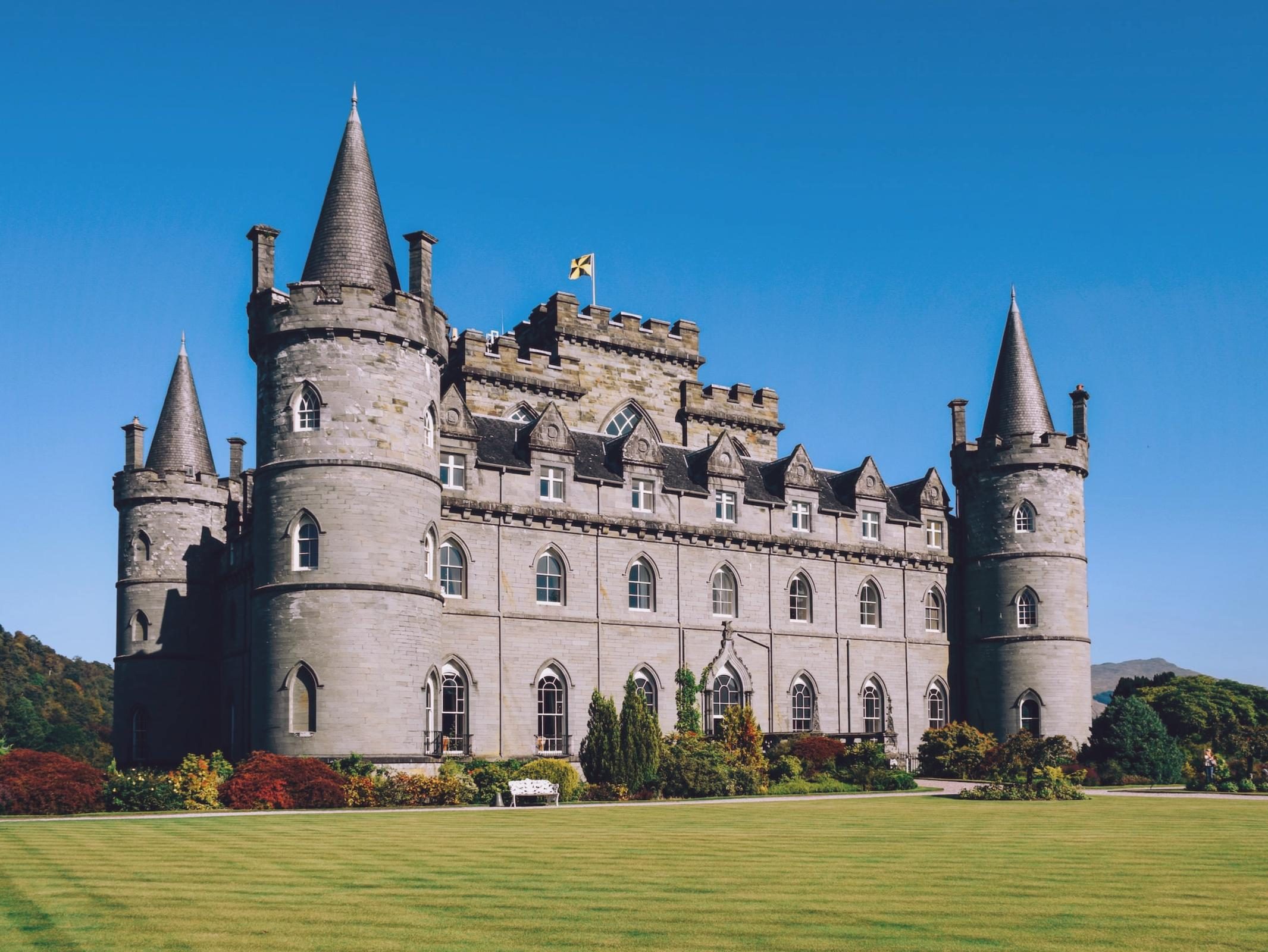
Inveraray Castle ist ein Schloss oberhalb der Ortschaft Inveraray am Loch Fyne in Schottland etwa 65 km nordwestlich von Glasgow. Es ist Stammsitz der Dukes of Argyll, einem Zweig des Campbell-Clans, und kann besichtigt werden.
因弗雷里城堡(英語:Inveraray Castle)是位于苏格兰西部阿盖尔郡因弗雷里附近菲恩湖岸边的乡间城堡。它是哥特复兴式建筑早期典型之一。自18世纪以来,该地一直是坎贝尔氏族首领阿盖尔公爵的所在地。
 赛车,艇运动
赛车,艇运动
 建筑艺术
建筑艺术

 历史
历史
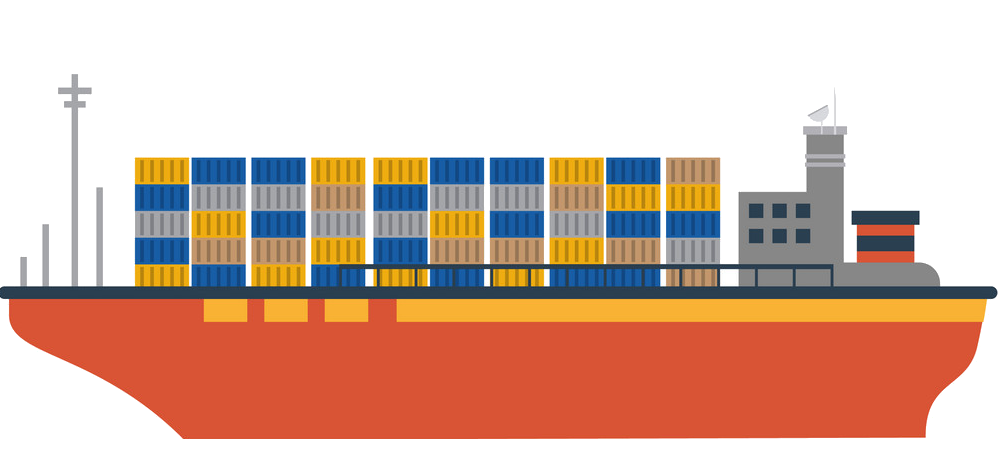 船舶和航海学
船舶和航海学
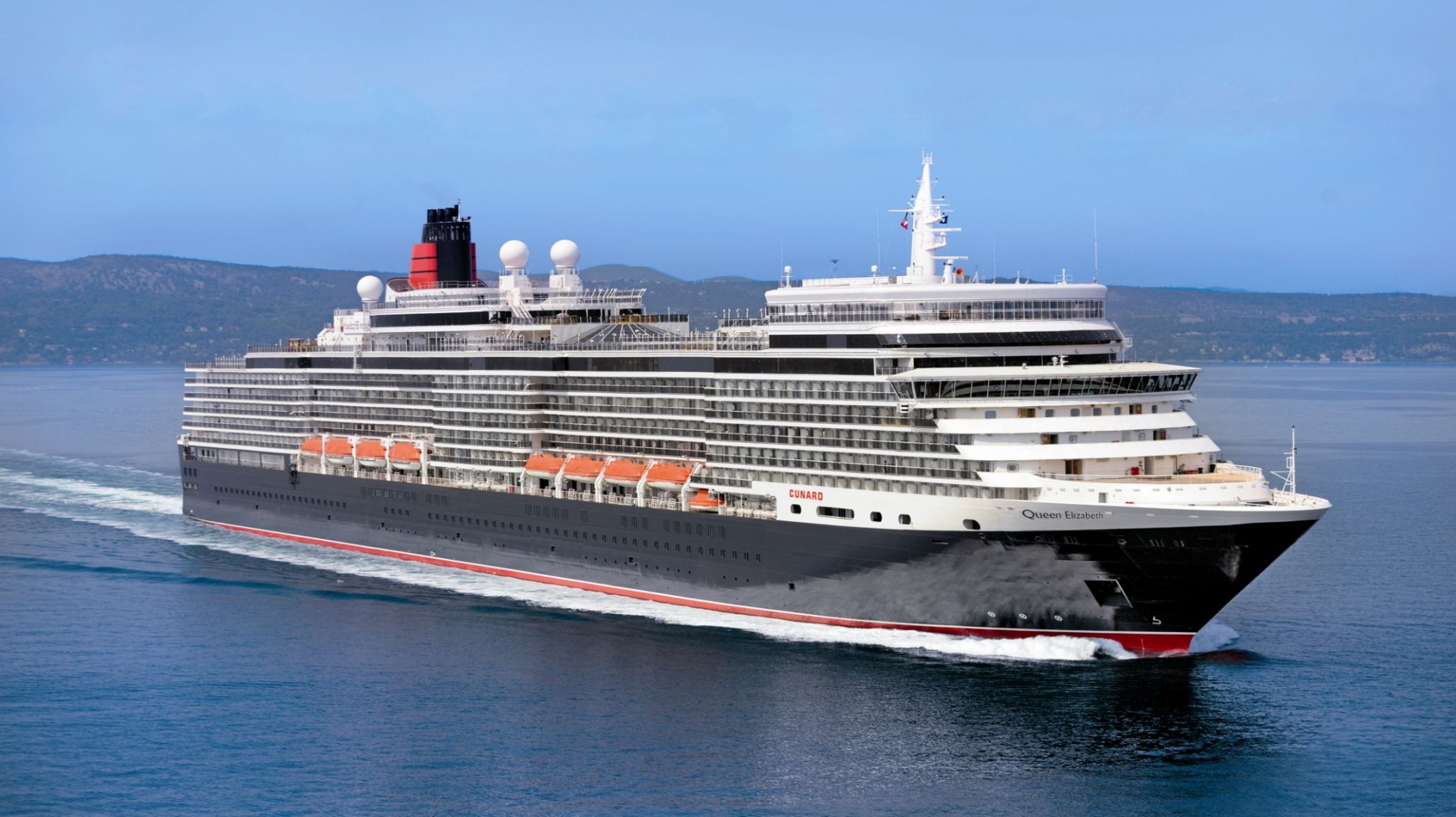
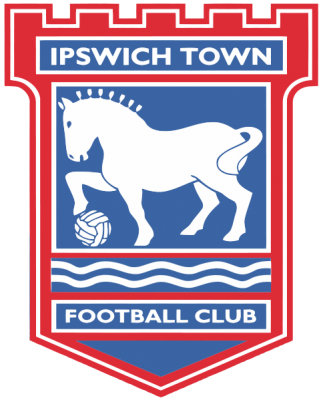

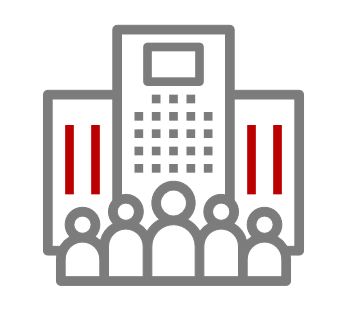 企业
企业
 保险
保险

 国际城市
国际城市



